Mahjong is a game that has captured the hearts and minds of people around the world. From its humble origins in China to its popularity as a social game in the West, mahjong has a rich and fascinating history.
In this blog post, we’ll take a look at the origins of mahjong and how the game has evolved over time. We’ll explore the cultural significance of mahjong and how it became a national pastime in China, as well as its journey to the West. Whether you’re a seasoned mahjong player or simply interested in the history of this beloved game, read on to discover the fascinating story of mahjong.

Origins
Mahjong’s origins are shrouded in mystery, with different theories and legends surrounding the game’s creation. One popular legend is that Confucius himself created the game over 2,500 years ago, as a way to teach his disciples about strategy and tactics. However, there is no historical evidence to support this claim.
Another theory is that mahjong evolved from a Chinese card game called “ma-tiao,” which used paper cards. The game is thought to have been popular in the early 19th century, during the Qing Dynasty. Over time, the paper cards were replaced by small tiles made from bamboo or bone, and the game evolved into what we know as mahjong today.
It’s also possible that mahjong was influenced by other games, both Chinese and foreign. Some have suggested that the game was inspired by the card game of “ganjifa,” which originated in Persia and spread to India and China. Others have suggested that mahjong has roots in ancient Chinese games like “pua hua” or “yi jing,” which used tiles or sticks.
Despite these different theories, one thing is clear: mahjong has deep roots in Chinese culture and has been played for centuries. The game’s popularity in China exploded in the early 1900s, with mahjong parlors springing up all over the country.
Mahjongs popularity in China
Mahjong’s popularity in China skyrocketed in the early 1900s, as the game began to be played in mahjong parlors across the country. It quickly became a social game, played by people from all professions, and was seen as a way to build social connections and relationships.
One reason for mahjong’s popularity in China was its accessibility. Unlike other games that were only played by the wealthy or educated, mahjong was easy to learn and could be played by anyone. The game also had a certain appeal because it could be played for both money and fun, making it an entertaining way to pass the time.
In addition to its accessibility, mahjong became popular because of the way it brought people together. The game was often played in groups, with players sitting around a table and chatting while they played. This social aspect of mahjong made it a perfect entertainment for people who wanted to connect with others and make new friends.
Mahjong also had cultural significance in China. It was seen as a way to bridge the gap between different social classes and bring people together in a way that was both fun and meaningful. The game was played by everyone from laborers to business people to government officials, and it helped to build relationships and connections between people who might not otherwise have interacted.
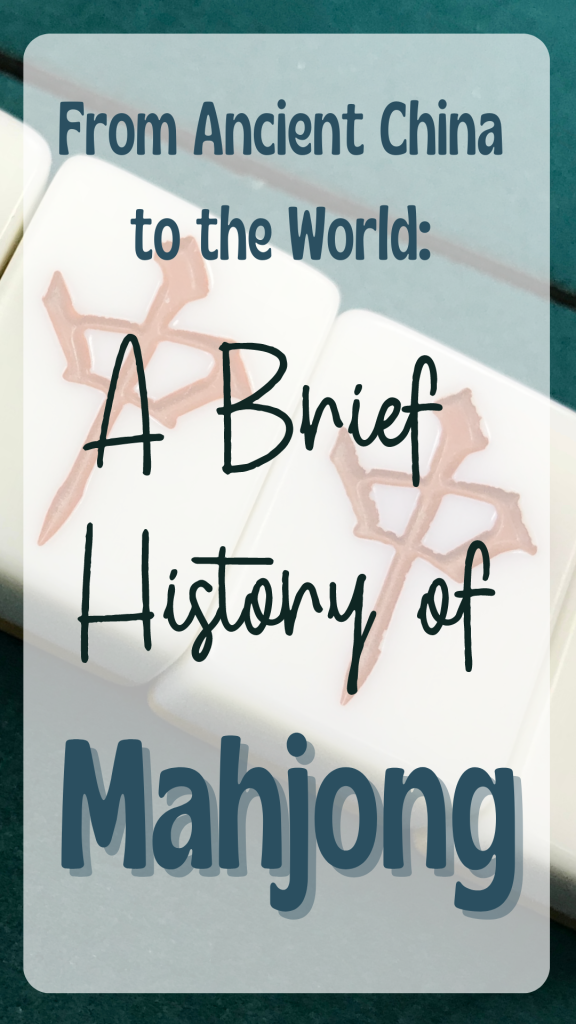
Mahjong way to the West
Mahjong’s journey to the West began in the early 1900s, as Chinese immigrants began to travel to the United States and other Western countries. As they settled in new communities, they brought with them the game of mahjong, introducing it to a whole new audience.
At first, mahjong was primarily played by Chinese immigrants in their own communities. However, it wasn’t long before the game began to catch on with non-Chinese players as well. In the 1920s and 1930s, mahjong became a popular entertainment among Jewish-American women, who saw it as a way to socialize and connect with one another.
As mahjong’s popularity grew in the West, the game began to evolve. Different variations of the game emerged, with new rules and strategies being developed by players in different communities. In some cases, the tiles themselves were modified, with new designs and symbols being added to make the game more visually appealing.
Conclusion
Despite these changes, the basic principles of mahjong remained the same. It was still a game that was played with tiles (read more about mahjong tiles here) and involved strategy, skill, and a bit of luck. And even as it became popular in the West, mahjong never lost its cultural roots, remaining an important part of Chinese identity and heritage.
So the next time you sit down to play a game of mahjong, take a moment to appreciate the long and storied history of this beloved game, and remember the many players who have enjoyed it before you. And above all, have fun and enjoy the game for what it is – a timeless fun that has brought joy and entertainment to people for generations.
Mahjong Calendar (Planner) 2025 – Free Printable
Are you ready for another year filled with Mahjong magic and organization? We’ve got something speci…
50 Stylish Mahjong Tote Bags to Show Off Your Love for the Game
Mahjong enthusiasts, rejoice! If you love the game as much as we do, you know that it’s not ju…
DIY Mahjong Tiles Envelope: Add a Unique Touch to Your Stationery
Hey there, fellow mahjong enthusiasts! If you love the game as much as I do, you’re always looking f…
From Tiles to Treats: Crafting Mahjong Gingerbread
Hey there! So, picture this: it’s Easter week, and my daughter and I decided to get our bake o…
Unveiling Vol. 3: More Mahjong Magic in Our Coloring Pages Collection!
Hey Mahjong enthusiasts and coloring aficionados! 🀄✨ We’re absolutely thrilled to roll out the…
Sip in Style: 30+ Mahjong-Themed Mugs to Brighten Your Tea/Coffee Time!
Hey, fellow mahjong enthusiasts! If you’re as passionate about the click-clack of tiles and th…

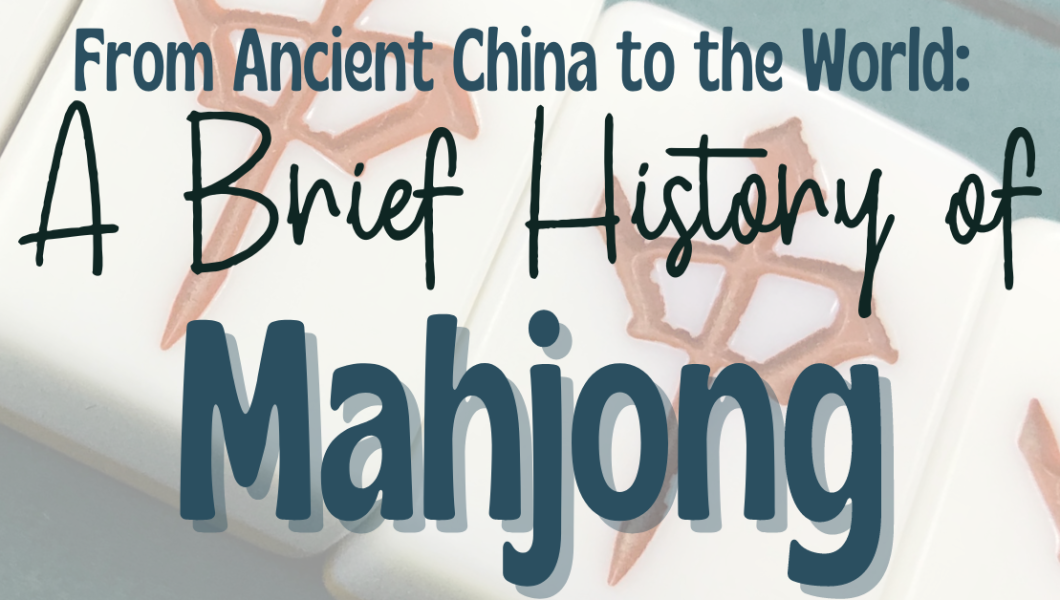
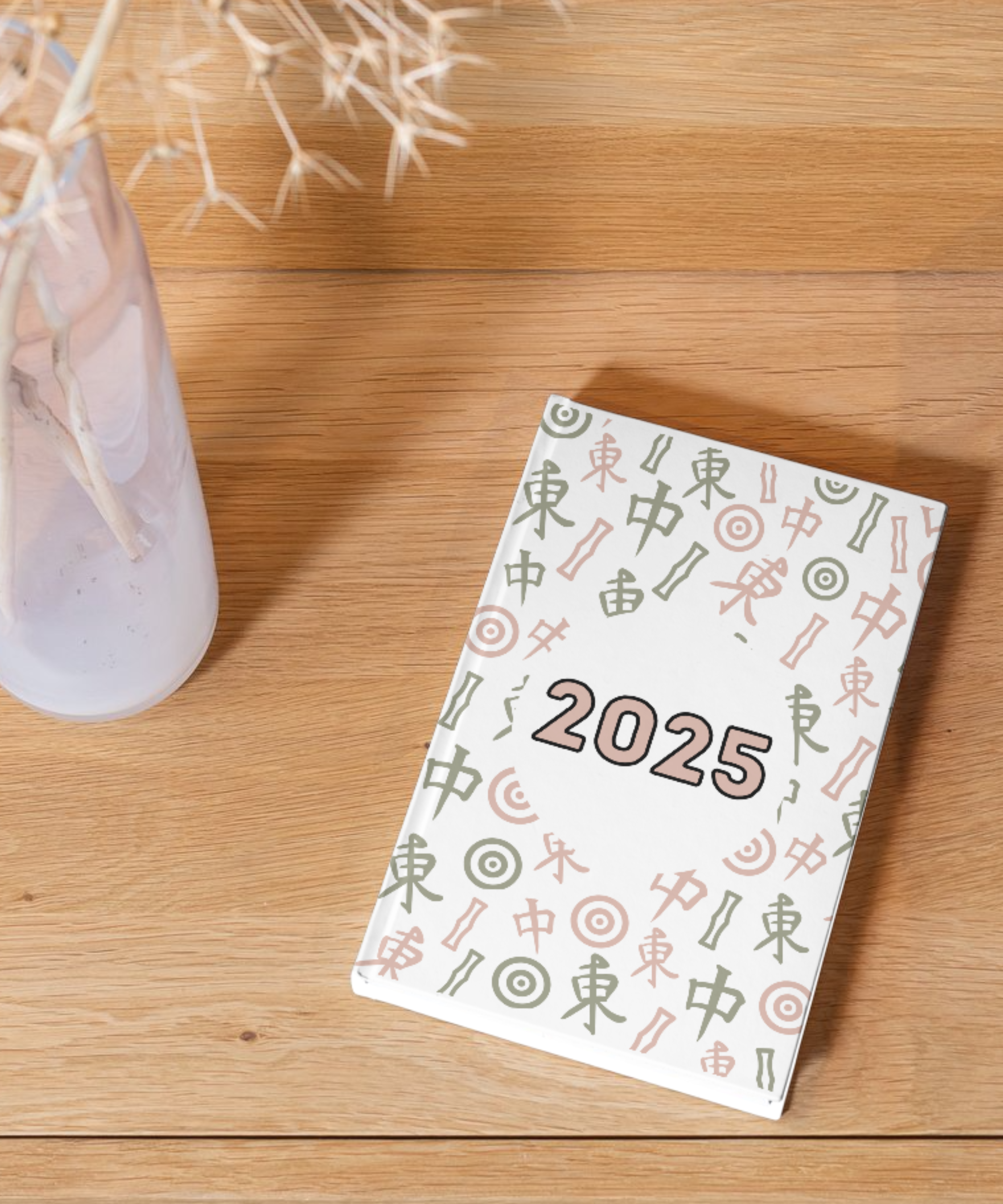

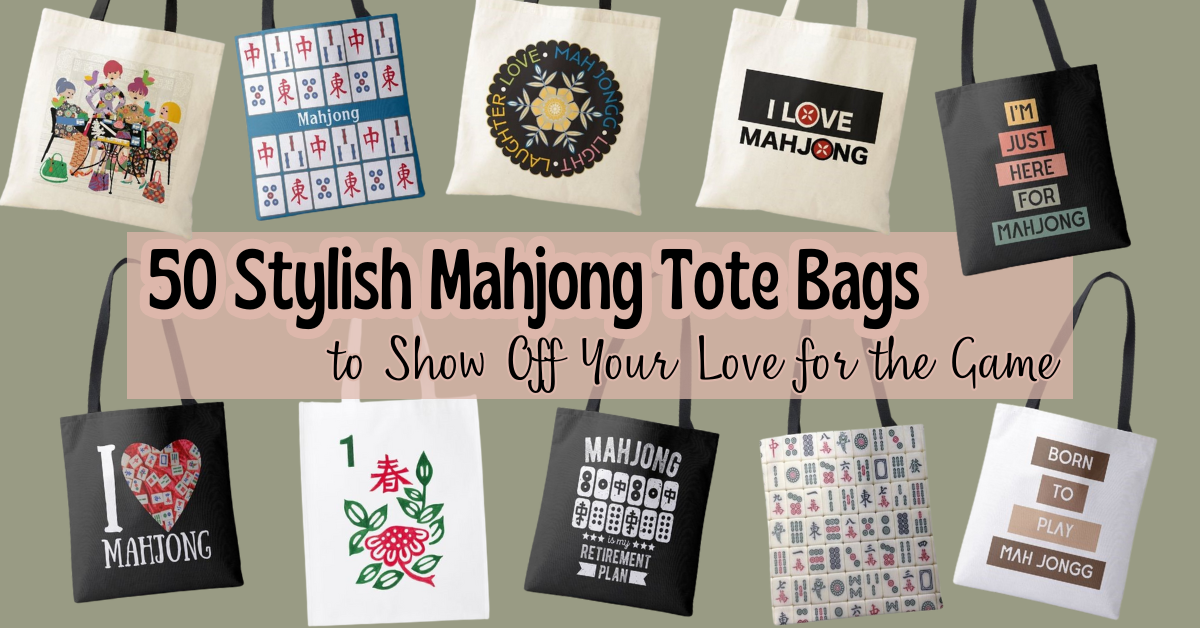




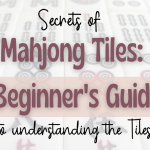

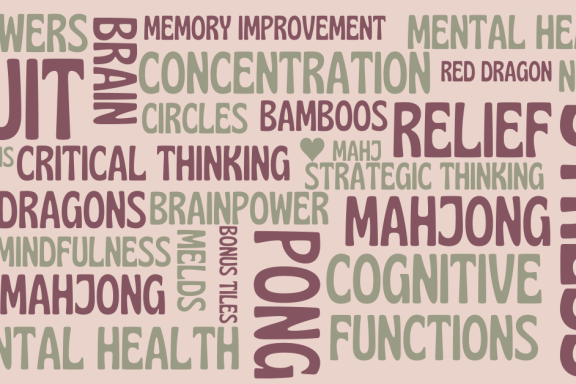
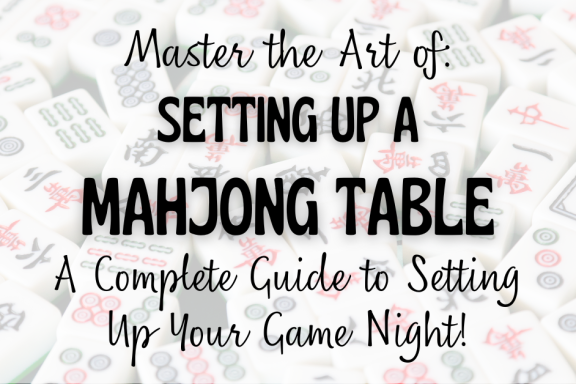

No Comments